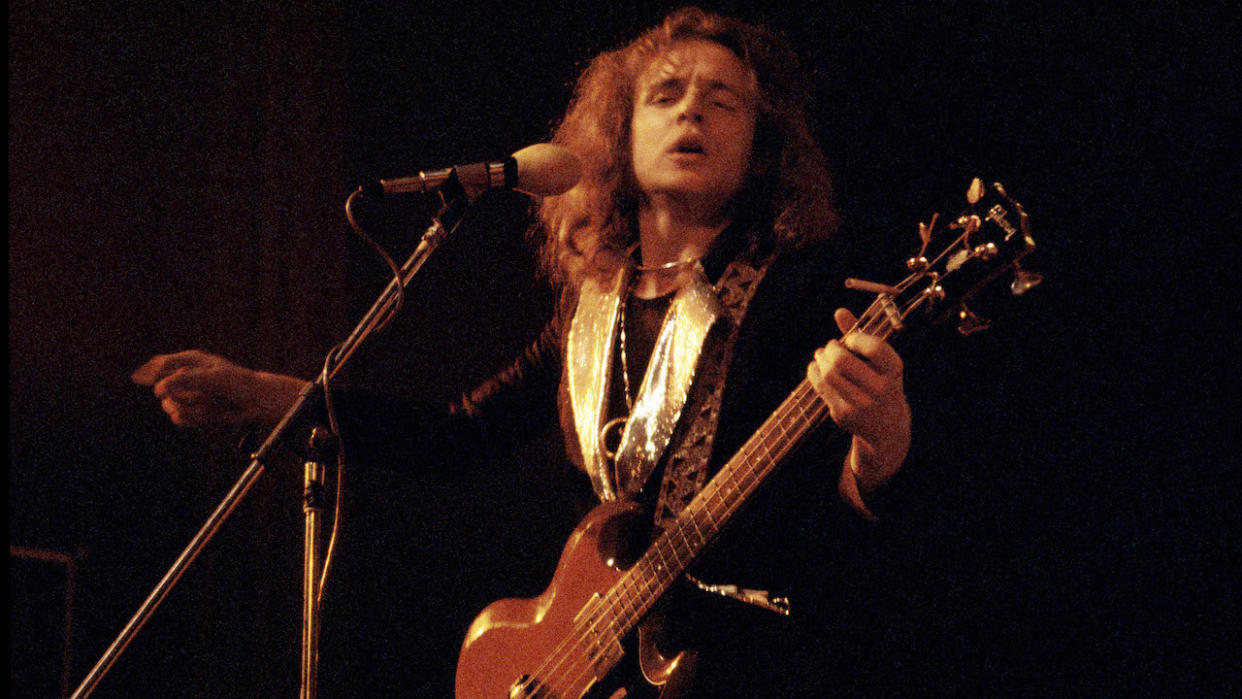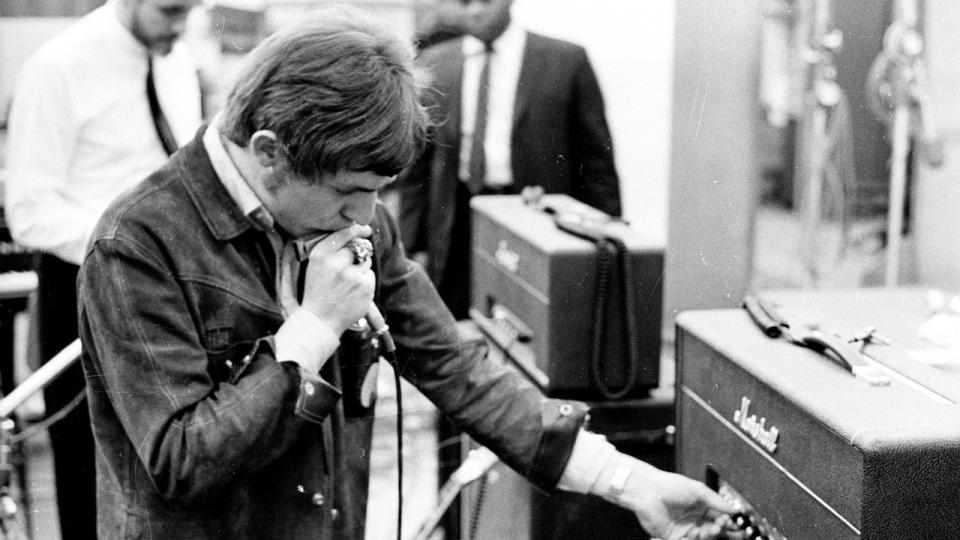“Unlike Jimi Hendrix, we never deliberately tuned down”: Listen to Jack Bruce’s bassline on Cream’s Politician

As the driving force behind ‘60s supergroup Cream, the late Jack Bruce needs little introduction. Over four decades of album releases, Glasgow-born Bruce became a master of many styles of music, with his own solo releases spanning a wide range of sounds that made him impossible to categorise.
A 12-bar psychedelic blues, Politician appears on Cream’s 1968 album Wheels of Fire, with a later version cut for the 1969 post-band release, Goodbye Cream. It’s the perfect way of experiencing the many facets of Jack Bruce’s bass playing abilities. Studio recordings Born Under a Bad Sign and more significantly Politician, also necessitated Bruce to sing in a different time frame from his bass.
“The relationship between Jack Bruce’s vocals and his bass playing was unbelievable because sometimes it was disconnected,” Quiet Riot veteran Rudy Sarzo told BP. “He would sing the vocals as a lead singer would sing them, and he would manage the bass parts at the same time in a way that very few bass players could. He had his own voice and he made his own statement.”
Speaking to BP back in March 2005, Bruce was happy to shed some light on one of his favourite Cream bass tracks.
Bruce recalled, “Politician happened – I don’t think ‘written’ is quite the word – during a BBC broadcast. The BBC studio where we were recording had just installed a 3-track machine, and this enabled us to overdub. The bassline came about during an improvisation on Willie Dixon’s Spoonful just prior, and the major 7th-to-tonic interval had stuck in my mind. Pete Brown had given me a set of lyrics in blues form, and Eric and I simply played the line almost instantaneously in unison. As far as I recall, I then overdubbed an improvised vocal using Pete’s lyrics, and Politician was born.”
Bruce used his Gibson EB-3 bass guitar, strung with La Bella light-gauge strings, and plugged into a Marshall 4x12 stack with a 50- or 100-watt head. Although all the other recorded versions of the song – including the one on Bruce’s 2003 solo disc, More Jack Than God – are in the key of D, the original version appears to be in Db. “Unlike Jimi, we never deliberately tuned down. Bear in mind this was before electronic tuners. Live we would simply tune to my diatonic blues harp – and since we had no fixed pitched instruments in Cream, often the pitch would not be strictly A440, to say the least!”

Performing Politician on the road also meant Bruce had to master singing and playing two completely independent lines, a task that remains imposing for singing bassists covering the tune. “It was certainly the most challenging example of singing and playing completely independently that I had met to that point, and in fact, I had no harder task until I played with Tony Williams’s Lifetime. I simply got as comfortable as possible with the bass part until I could play it on automatic pilot, and then I gradually added the vocal.”
The track begins with two bars of the unison riff, leading to the first verse, and Bruce’s angular displaced lead vocal. Adding to the tension is Ginger Baker’s turned-around drum feel, courtesy of his drum pattern that has the kick on one and four and the snare on two and three. “I believe this is because of Ginger’s background in New Orleans-style jazz bands. The wonderful way he plays blues in general – using rolls and such – is inspired by this.”
An excerpt of Bruce playing the bass part from Politician features in the latest clip from a 1998 DVD, also highlighted on his YouTube Channel.
Bruce’s bass falls into its own pattern, alternating a bar of the main riff with a bar of improvised fills. These bars feature James Jamerson-like syncopation and chromatic movement. “If it’s funky, it’s from James! If not, it’s from Johan Bach!” Bruce, who was heavily influenced by the Motown legend, then adds a straight-up blues fill before adding more rhythmic bounce to the first V-IV turnaround.
The second and third verses mimic the first, with some notable changes – including Bruce’s first exaggerated string bend, and his use of the 3rd in the bass. “The 3rds are probably from the classical harmony I studied at school, but you also hear that in New Orleans sousaphone parts.”
As Eric Clapton’s guitar solo takes flight, Bruce instantly kicks up the support, moving higher in range on the tonic chord, adding motion through a galloping rhythm and bluesy fills, and issuing nasty string-bending vibratos. For the final verse, Bruce returns to his previous approach, with a few added high points. Among these are a cool broken rhythm and stops instead of tied notes. Asked for performance tips, Bruce said, “Think mellow marching band!”
